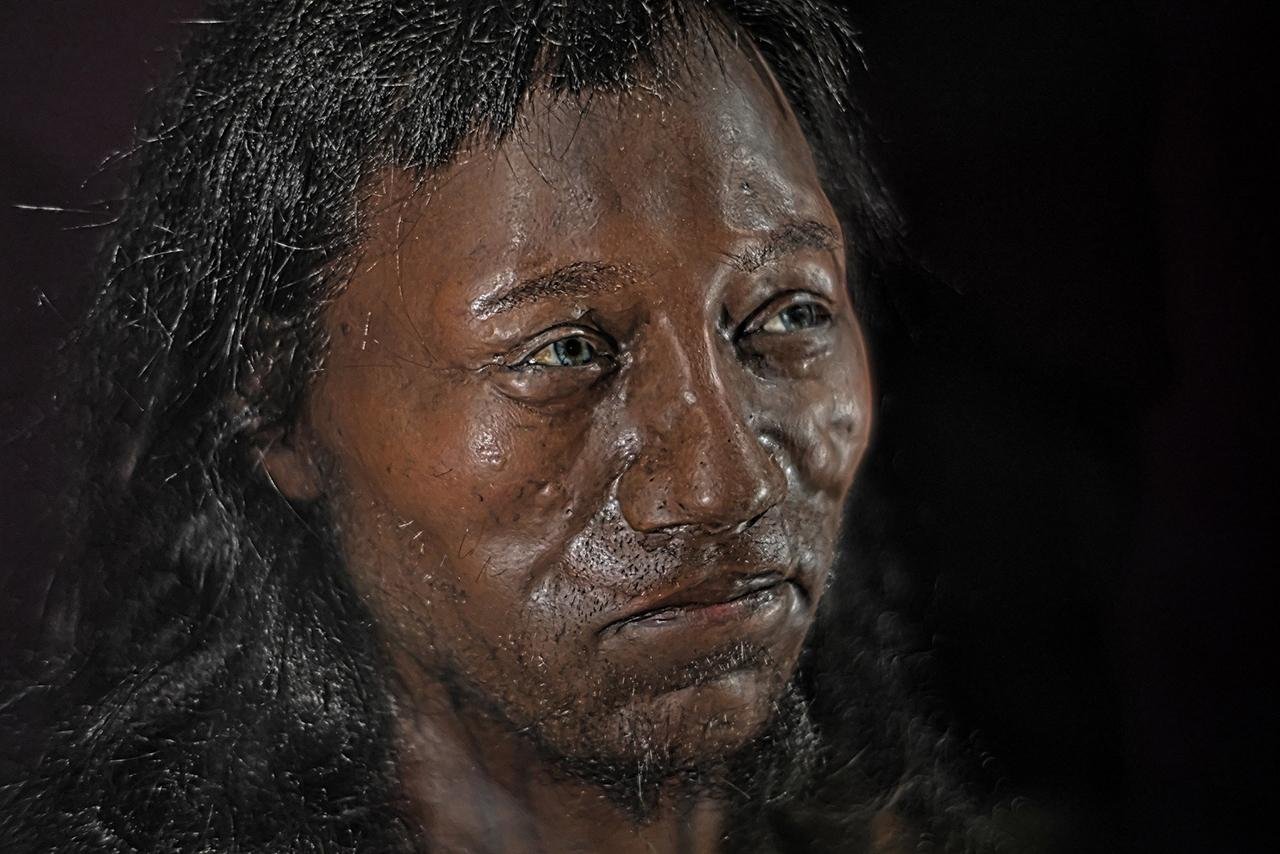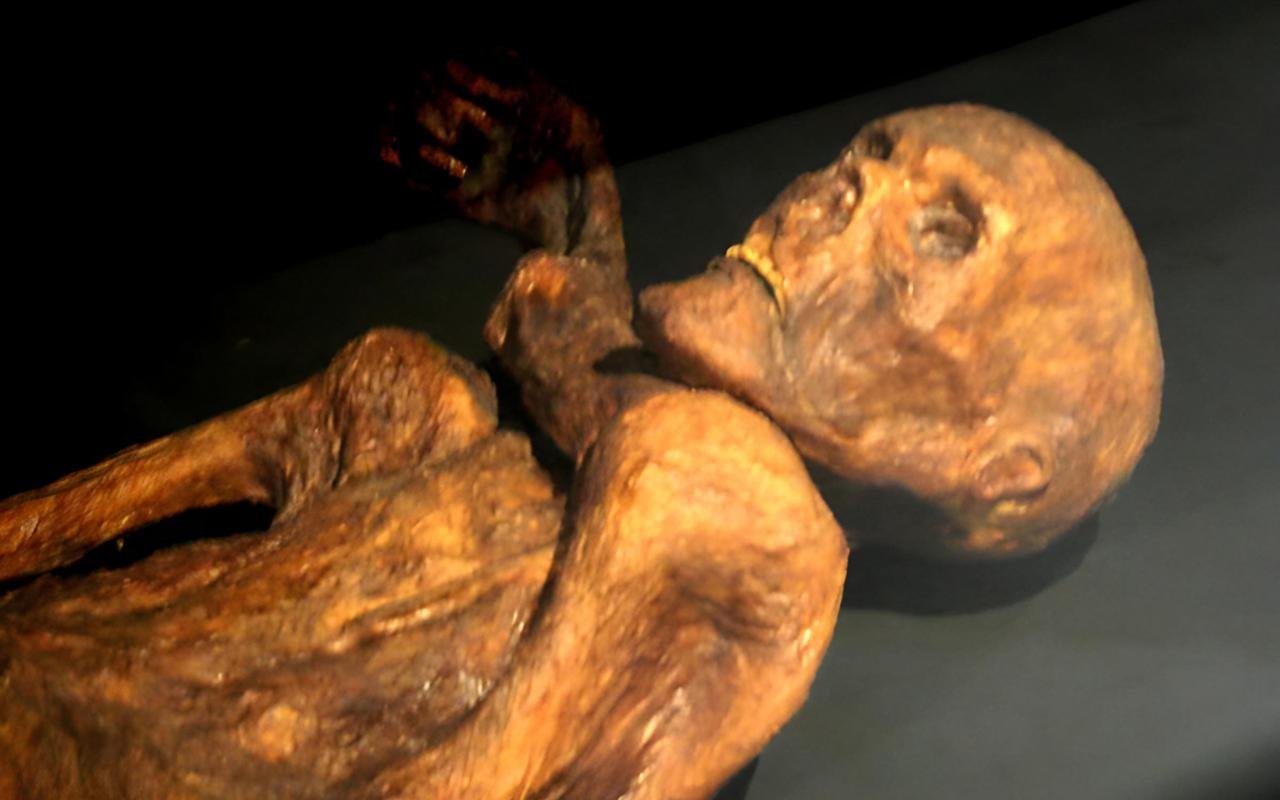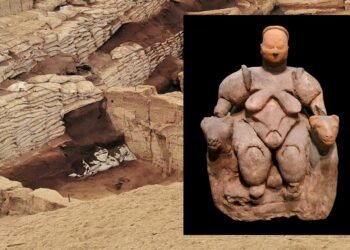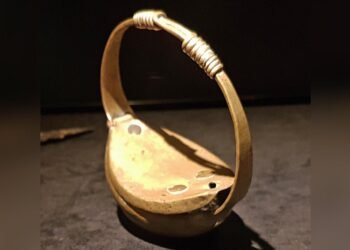Dark skin was widespread across the continent for a considerably longer period than previously believed, according to a DNA study that has completely changed our perception of the appearance of ancient Europeans. In the study, 348 ancient human genomes from people who lived between 45,000 and 1,700 years ago were examined by a team of researchers at the University of Ferrara in Italy. According to the results, pale skin did not become prevalent until about 3,000 years ago, well into the Iron Age, even though some characteristics linked to lighter skin started to emerge about 14,000 years ago.

These discoveries have called into question the long-held belief that as people migrated from Africa to Europe, their complexion quickly became lighter. According to the study, which was led by geneticist Guido Barbujani and evolutionary biologist Silvia Ghirotto, early European hunter-gatherers had dark skin, a characteristic that lasted for tens of thousands of years. According to Barbujani, for much of the tens of thousands of years covered by the DNA samples, 63% of ancient Europeans had dark skin, while only 8% had light skin.
The study found that during the Copper and Iron Ages, which lasted between 5,000 and 3,000 years ago, half of the analyzed people still had dark or intermediate skin tones. This slow transition raises the possibility that lighter skin was not as immediately advantageous as previously thought.
Between 60,000 and 70,000 years ago, modern humans migrated from Africa to Europe and Asia. Genetic adaptations affected skin pigmentation as these populations migrated into areas with less ultraviolet (UV) exposure. UV light, which is necessary for the production of vitamin D, can be better absorbed by lighter skin. However, early Europeans probably got enough vitamin D from their diets, which could explain why darker skin persisted for so long, according to anthropologist Nina Jablonski of Pennsylvania State University.
The study also points out that dietary changes brought about by the expansion of agriculture might have played a role in the rise in the prevalence of light skin. Because farming communities consumed fewer foods high in vitamin D, it was more advantageous to be able to synthesize it through the skin.
Researchers used forensic techniques to reconstruct physical characteristics and extract DNA from bones and teeth to determine pigmentation traits. They discovered that nearly all Europeans had dark skin during the Paleolithic era, which lasted between 45,000 and 13,000 years ago. It was only in the late Mesolithic period that the first cases of lighter skin and blue eyes emerged in some areas, such as Northern Europe.

The finding of a 12,000-year-old Swedish hunter-gatherer with dark skin and blue eyes was noteworthy because it raises the possibility that eye color may have changed independently of skin pigmentation. Furthermore, it was discovered that Ötzi the Iceman, who lived approximately 5,300 years ago, had darker skin than modern Southern Europeans.
During the Bronze Age (about 4,000–3,000 years ago), the researchers also found a statistically significant rise in lighter complexions, with multiple individuals from England, Hungary, Estonia, and the Czech Republic displaying a combination of light skin, blue eyes, and blonde hair.
The fact that the transition from dark to light skin was neither linear nor uniform across Europe is among the study’s most important findings. It’s possible that some Neanderthals had pale skin before modern humans ever arrived, suggesting that pigmentation evolved in a more complex way than previously believed. Furthermore, the researchers stress that although lighter skin offered a benefit in the synthesis of vitamin D, other factors—including sexual selection and genetic drift—likely contributed to the emergence of traits like blonde hair and blue eyes.
For many years, scientists thought that in order to adapt to northern climates, modern Europeans rapidly developed lighter skin. But according to this study, even within the same time periods, the skin color of ancient Europeans varied widely.

























Just because the DNA that is coincident with dark skin is present, doesn’t mean that genetic trait was necessarily expressed in all individuals, or to what degree it was expressed in each individual.
This is patently ridiculous.. There are depictions of white skin all over ancient Egypt artwork that pre-dates this and I mean thousands of examples. Y’all try so hard though lol…
I am not sure how you have ancient Egyptian art going back 45,000 years, or even the notion there were only white Egyptians.
The simple tale of lighter skin evolutionary advantage takes a hit. I am always puzzled that evolution is supposed to proceed slowly by random mutation, when in fact, it appears to be influenced non randomly by changes in environment. The sudden mutation to genes for lactose tolerence soon after domestication another example.